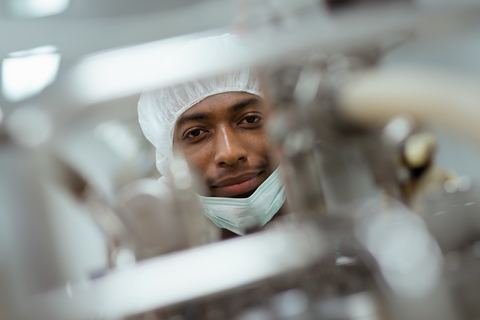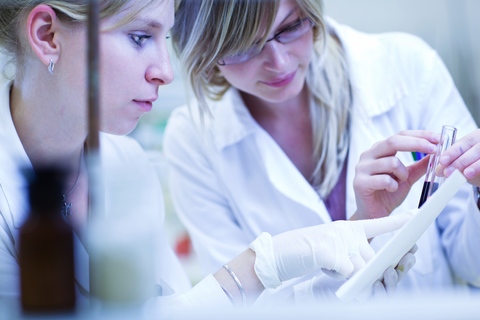Paving the way to the levitation of humans

For the first time University of Bristol engineers have shown that it is possible to stably trap objects larger than the wavelength of sound in an acoustic tractor beam. This discovery opens the door to the manipulation of drug capsules or micro-surgical implements within the human body. Container-less transportation of delicate larger samples is now also a possibility, and this could even be a step towards levitating humans.
Acoustic tractor beams use the power of sound to hold particles in mid air, and unlike magnetic levitation, they can grab most solids, liquids or even small insects and food. Researchers previously thought that acoustic tractor beams were fundamentally limited to levitating small objects as all the previous attempts to trap particles larger than the wavelength had been unstable, with objects spinning uncontrollably. This is because rotating sound field transfers some of its spinning motion to the objects causing them to orbit faster and faster until they are ejected.
The University of Bristol reports the new approach, published in Physical Review Letters tomorrow, uses rapidly fluctuating acoustic vortices, which are similar to tornadoes of sound, made of a twister-like structure with loud sound surrounding a silent core.
The researchers discovered that the rate of rotation can be finely controlled by rapidly changing the twisting direction of the vortices, this stabilises the tractor beam. They were then able to increase the size of the silent core allowing it to hold larger objects. Working with ultrasonic waves at a pitch of 40kHz, a similar pitch to that which only bats can hear, the researchers held a two centimetre polystyrene sphere in the tractor beam. This sphere measures over two acoustic wavelengths in size and is the largest yet trapped in a tractor beam. The research suggests that, in the future much larger objects could be levitated in this way.
Dr Asier Marzo, lead author on the paper from the University of Bristol’s Department of Mechanical Engineering, said “Acoustic researchers had been frustrated by the size limit for years, so its satisfying to find a way to overcome it. I think it opens the door to many new applications.”
Dr Mihai Caleap, Senior Research Associate, who developed the simulations, said “In the future, with more acoustic power it will be possible to hold even larger objects. This was only thought to be possible using lower pitches making the experiment audible and dangerous for humans.”
Bruce Drinkwater, Professor of Ultrasonics from the University of Bristol’s Department of Mechanical Engineering, who supervised the work, said “Acoustic tractor beams have huge potential in many applications. I’m particularly excited by the idea of contactless production lines where delicate objects are assembled without touching them.”







